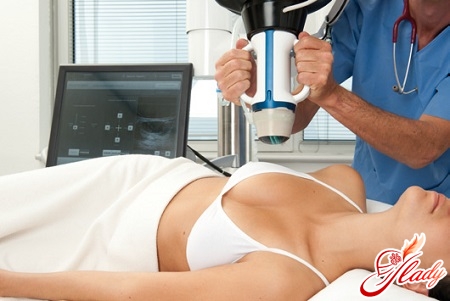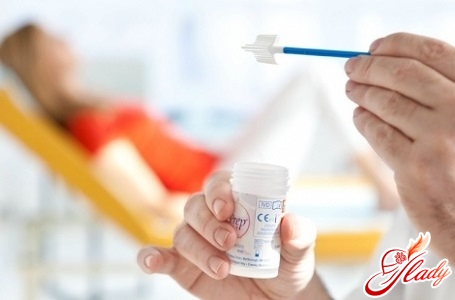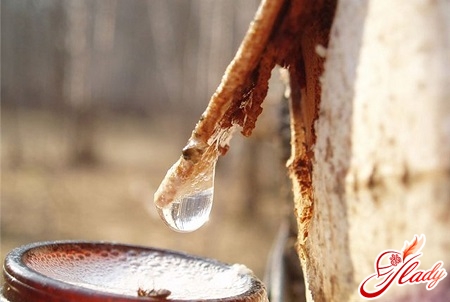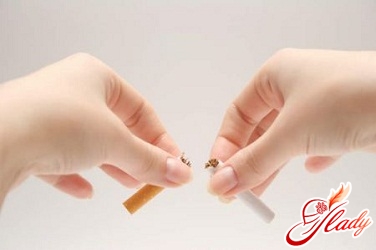
Inflammation of the bladder -a disease that is most common in women. Men can also suffer from cystitis, but this happens much less often. Since the disease has an unexpected onset, acute course and pronounced symptoms, it creates serious discomfort. Due to inflammation of the bladder, the normal rhythm of life is disrupted, physical and mental activity is reduced, freedom of movement is limited. Cystitis is one of the first places in urological diseases that can cause temporary disability.
Signs of inflammation of the bladder
The main symptom of bladder inflammation— increased frequency of urination. Often there is pain during urination, which may be accompanied by blood. Symptoms of acute cystitis are fever, pain in the lower abdomen. With the development of the cervical form of inflammation of the bladder, urinary incontinence is also possible. Symptoms for determining the disease However, it is necessary to distinguish cystitis from urethritis. Urethritis is an inflammation of the urethra, which is accompanied by cutting, burning and pain. These diseases can accompany each other, but not always. If the temperature is elevated, you should urgently consult a urologist to avoid kidney disease. This disease can be determined by the following symptoms:
- Strong pain and burning sensation with frequent and uneventful urination and after it.
- Sensation of incomplete emptying of the bladder.
- If there are strong urge to urinate, it may be incontinence.
- The temperature can rise to 37-37.5 °.
- In the urine, the presence of blood is possible.
If the above symptoms are present, treatment should be started immediately.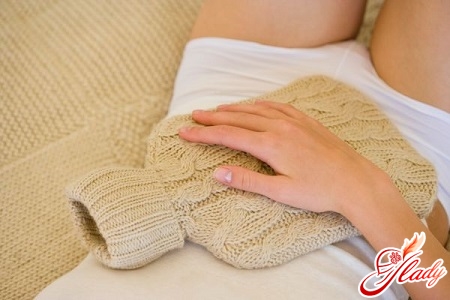
The main causes of cystitis
In most cases, inflammation occursbladder is associated with vaginal infections. The microflora of a woman's vagina consists of lacto- and bifidobacteria with a certain amount of other microorganisms. These components are in a controlled balance and do not prevent other microorganisms from entering. But this balance can be disturbed due to various factors. If the balance is disturbed, discharge, pain, burning or itching may appear. If treatment is not started in time, vaginal bacteriosis will progress to the stage of vaginal inflammation, then to cystitis. Often, the sources of bladder inflammation are E. coli, staphylococci, which can enter both from the outside and from the inside. In fact, the causes of inflammation can be different: hypothermia, exhausting diets, stress and severe fatigue. And the onset of the disease itself occurs when unpleasant sensations are already experienced. Cystitis can be caused by kidney stones, improperly performed operations or medications. Since the urethra in women is short, inflammation of the bladder occurs in them much more often than in men.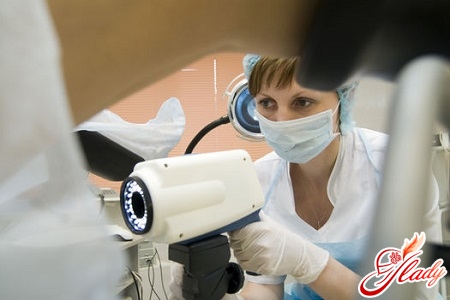
Cystitis in men and children
In men, primary inflammation of the bladderis observed extremely rarely. Most often, it develops secondarily, that is, it is a complication of urological diseases. Cystitis in men appears for 2 reasons: if he is starving or there are kidney stones. Starvation can be a common avitaminosis C, A or protein starvation. An early, constant and persistent sign of exhaustion is urination disorders. In the hungry years, cystitis mainly affected young men. In other cases, inflammation of the bladder in men is a secondary process that developed against the background of urological diseases. Children suffer from inflammation of the bladder quite often. Teenage girls suffer from cystitis due to vaginal dysbacteriosis. In boys, inflammation appears due to narrowing of the foreskin. But basically, cystitis appears when an infection gets into the bladder. Treatment of childhood inflammation of the bladder is practically no different from the treatment of inflammation in adults. But it is worth noting that childhood cystitis can spread to the kidneys. Therefore, you need to take treatment seriously.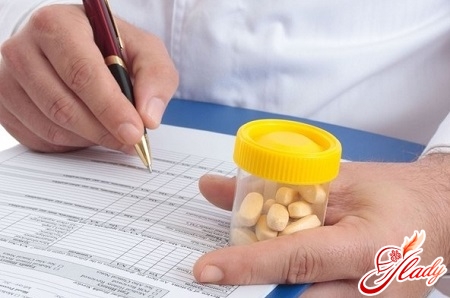
The main types of cystitis
Acute cystitis may occur with sudden hypothermia or after an infectious disease. It is characterized by:
- dysuria - frequent urination, pain, burning, urinary incontinence;
- hematuria;
- pyuria.
It is not necessary for all 3 to be presentsymptom. Most often, this is a combination of dysuria and leukocyturia. In acute cystitis, the urge to urinate occurs at intervals of 5-15 minutes, while a small amount of urine is released. One of the constant and obligatory signs of acute cystitis is leukocyturia. Macrohematuria is sometimes possible, in which the urine contains blood. In chronic cystitis, symptoms can go from minor discomfort to imperative urges and pain when urinating. In chronic inflammation, the same symptoms are observed as in acute inflammation, but they are less expressive. Urination is not so painful and the urge is less frequent, which allows you to lead a normal life. Chronic cystitis occurs with degenerative changes in tissues. Chronic cystitis is conventionally divided into 2 types:
- Wavy course of the disease, which is characterized by periodic exacerbations.
- Stably active chronic disease, in which leukocyturia is sharply expressed and mild urination disorder is poorly expressed.
The chronic form is caused by the onset ofdystrophic changes in tissues. Acute cystitis may never recur. If relapses occur after some time, then this is recurrent cystitis. It may occur due to:
- features of the body,
- genetic predisposition,
- infections,
- non-observance of rules of personal hygiene.
To diagnose bladder inflammation, it is necessary to pass a complete urine analysis, urine culture, blood test. In case of acute cystitis, a biopsy and cystoscopy are performed.
Treatment and prevention of cystitis
The first step to treatment is changing your imagelife, or more precisely, diet. It is necessary to exclude all spicy and too salty food from the diet. To relieve pain when urinating, it is necessary to take a warm bath, steam your feet. To allow urine to pass more freely, it is recommended to take drugs that relax the internal organs. In case of acute symptoms, it is necessary to take antibiotics, which are prescribed by a doctor after taking tests. In case of chronic inflammation, it is imperative to establish its cause. Basically, treatment consists of:
- antibacterial therapy;
- anti-inflammatory therapy;
- analgesic and spasmolytic therapy;
- correction of hygiene factors;
- immunotherapy;
- phytotherapy.
When curing cystitis, disorders are eliminatedurination, the normal rhythm of life is restored. To prevent the occurrence of bladder inflammation, it is necessary to follow the rules of prevention:
- Observe personal hygiene.
- Avoid stress and hypothermia.
- Sharing in the diet of sharp and salty foods.
- To live an active lifestyle.
- Drink a day at least 2 liters of fluid.
- Regularly empty the bladder.
Also useful are sports and exercise.active lifestyle. It is better not to eat or reduce the consumption to a minimum: smoked foods, pickles, seasonings. Women should carry out vaginal sanitation to prevent urinary tract infections.





